Stamped Concrete
Stamped Concrete
Why Stamped Concrete
Stamped concrete is a decorative concrete technique that involves imprinting patterns and textures onto freshly poured concrete to mimic the appearance of other materials such as brick, stone, tile, or even wood. Here's a closer look at stamped concrete:
- Process: Stamped concrete is created by pouring a special concrete mixture onto a prepared surface, then using stamps or molds to imprint patterns and textures into the wet concrete before it hardens. The stamps are typically made of rubber or polyurethane and come in a variety of designs to simulate different textures and materials.
- Patterns and Textures: Stamped concrete can replicate a wide range of patterns and textures, including cobblestone, slate, brick, flagstone, wood planks, and more. These patterns can be combined and customized to create unique designs that suit the homeowner's preferences and complement the surrounding landscape or architecture.
- Coloring: In addition to patterns and textures, stamped concrete can also be colored to further enhance its aesthetic appeal. Integral coloring agents are often added to the concrete mixture before pouring to achieve uniform color throughout the slab. Alternatively, surface-applied color hardeners or stains can be used to add depth and variation to the color of the stamped concrete.
- Sealing: Once the stamped concrete has been installed and cured, it is typically sealed with a protective sealant to enhance its durability, resist staining, and prolong its lifespan. Sealants also help bring out the color and sheen of the stamped concrete, giving it a polished and finished appearance.
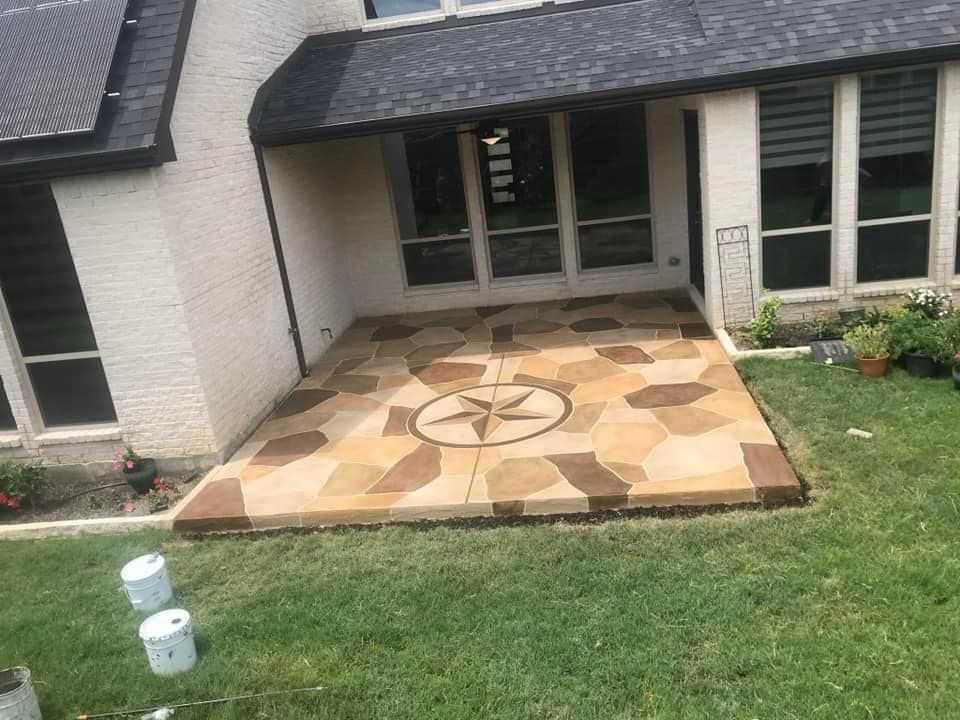
Slide title
Write your caption hereButton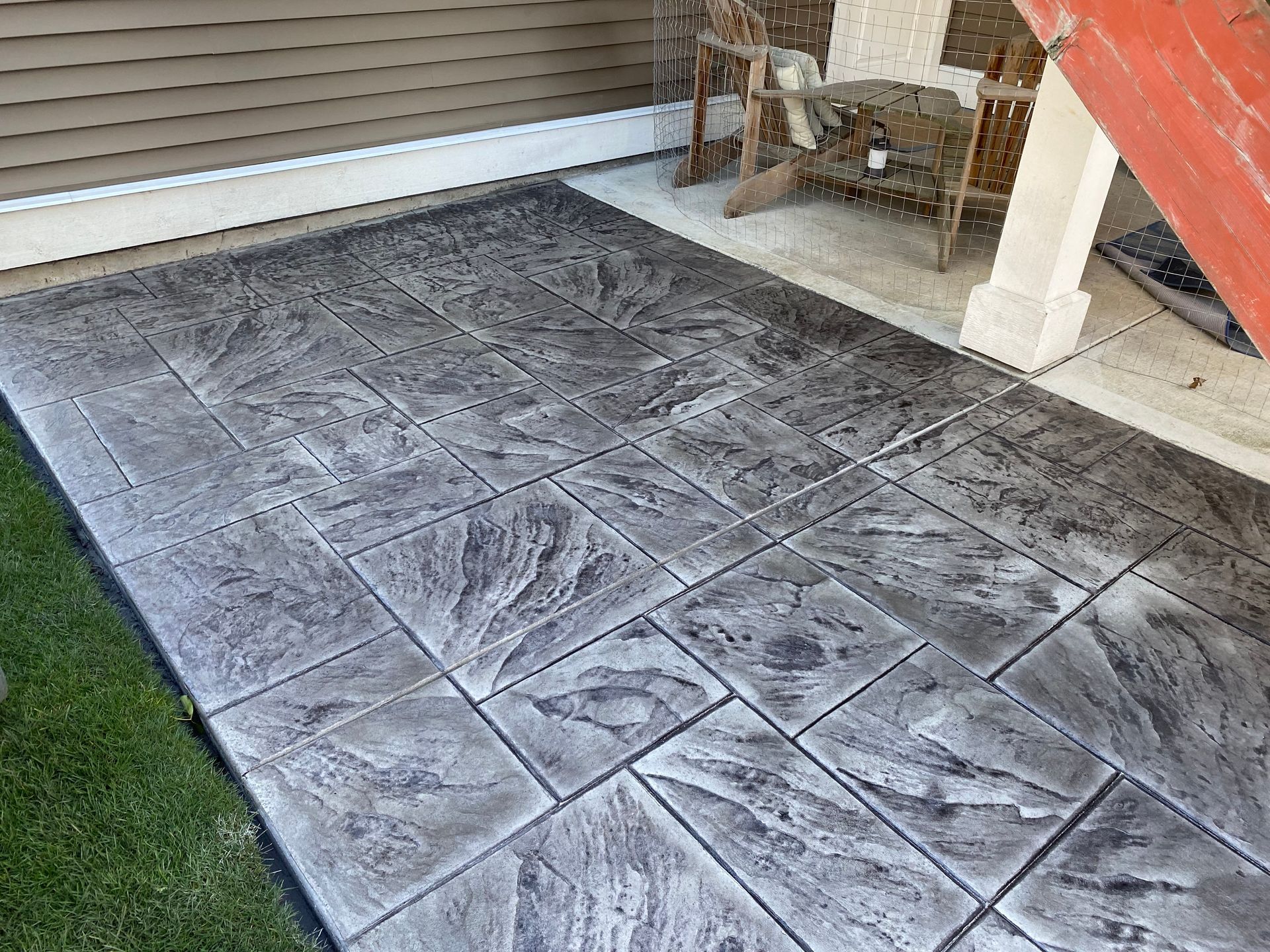
Slide title
Write your caption hereButton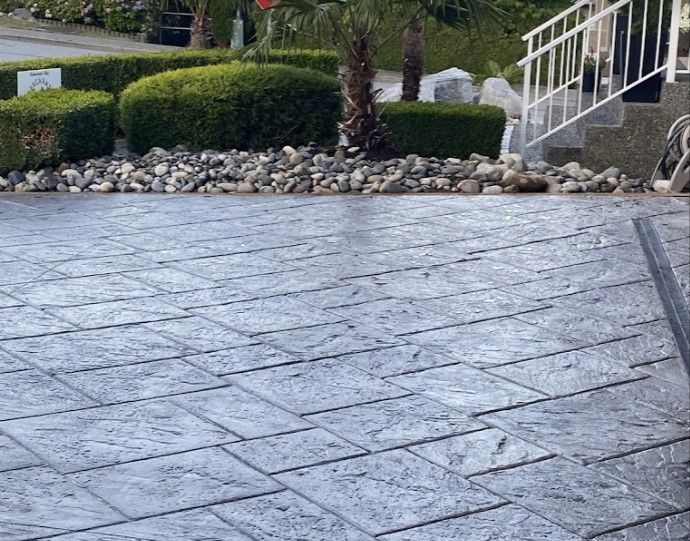
Slide title
Write your caption hereButton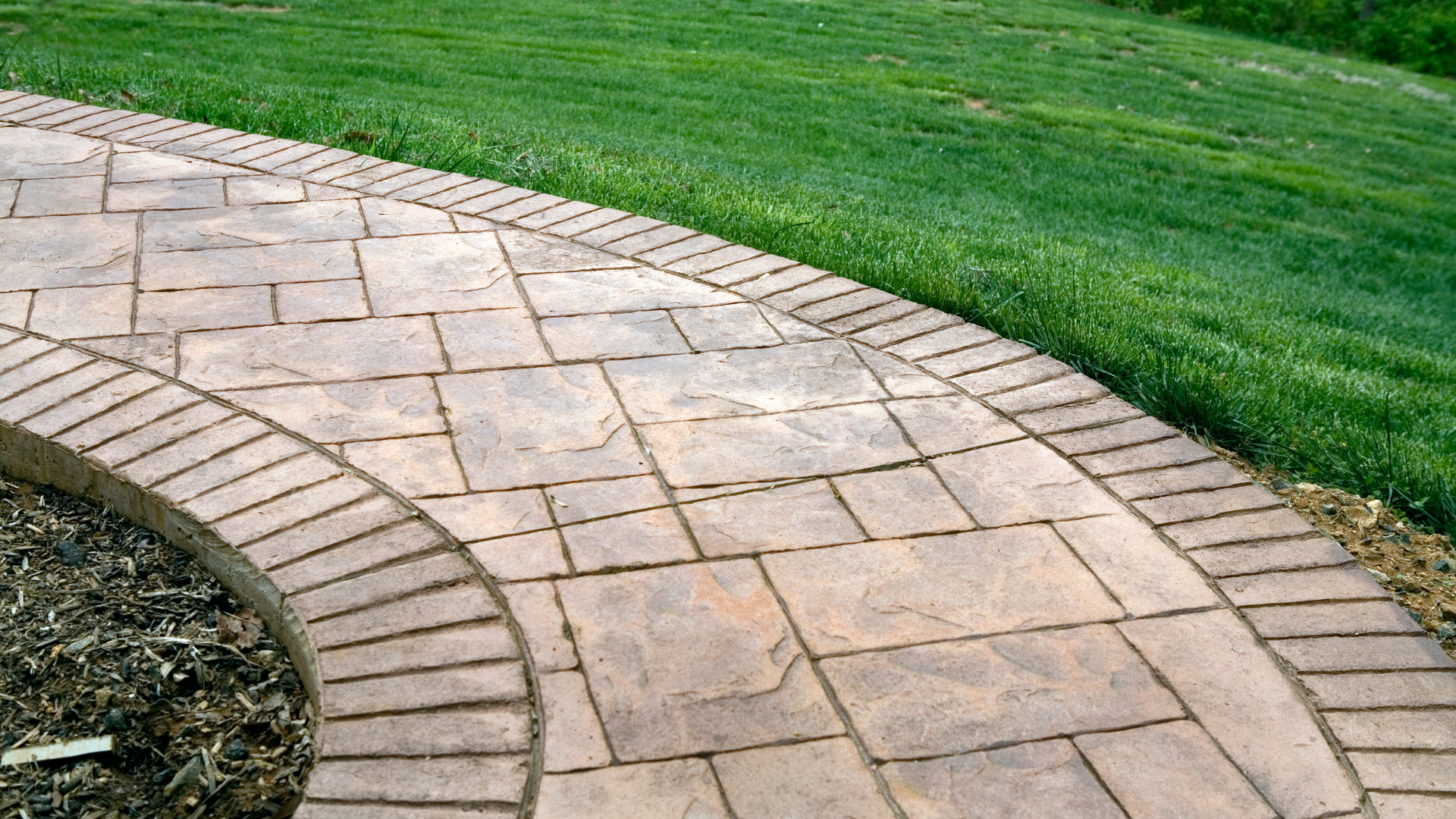
Slide title
Write your caption hereButton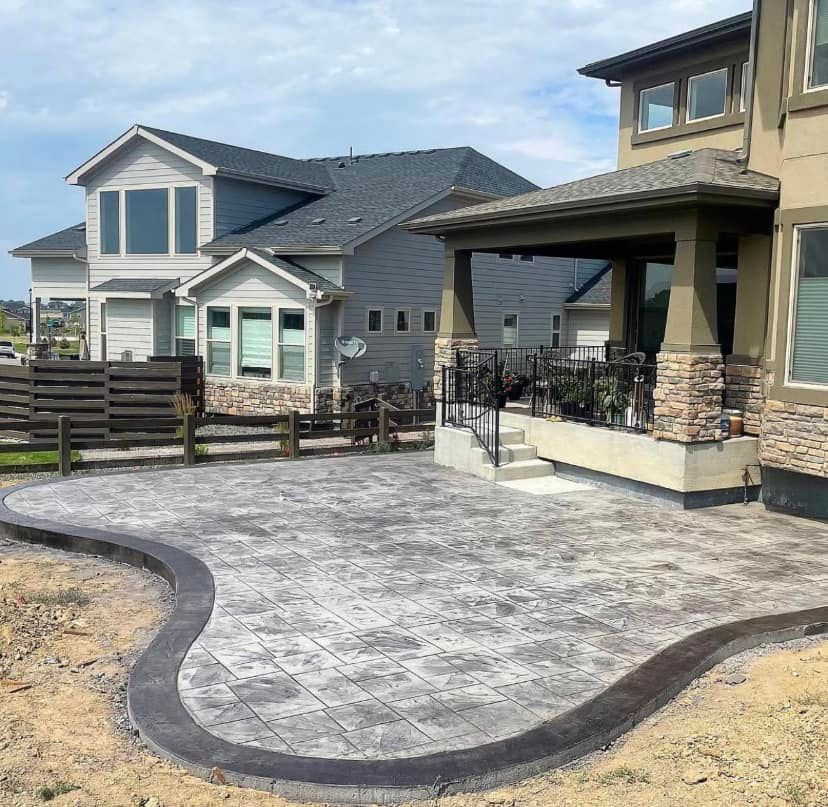
Slide title
Write your caption hereButton
Quick & Reliable
We are available 24/7 via fax, email or telephone
Location
Parga Concrete&Landscaping
Pargaconcretellc@gmail.com
Call
316-364-9349
Parga Concrete
Leading Outdoor Living Contractor in Wichita KS
Navigation
Services
Working hours
- Mon - Sun
- Open 24 Hours